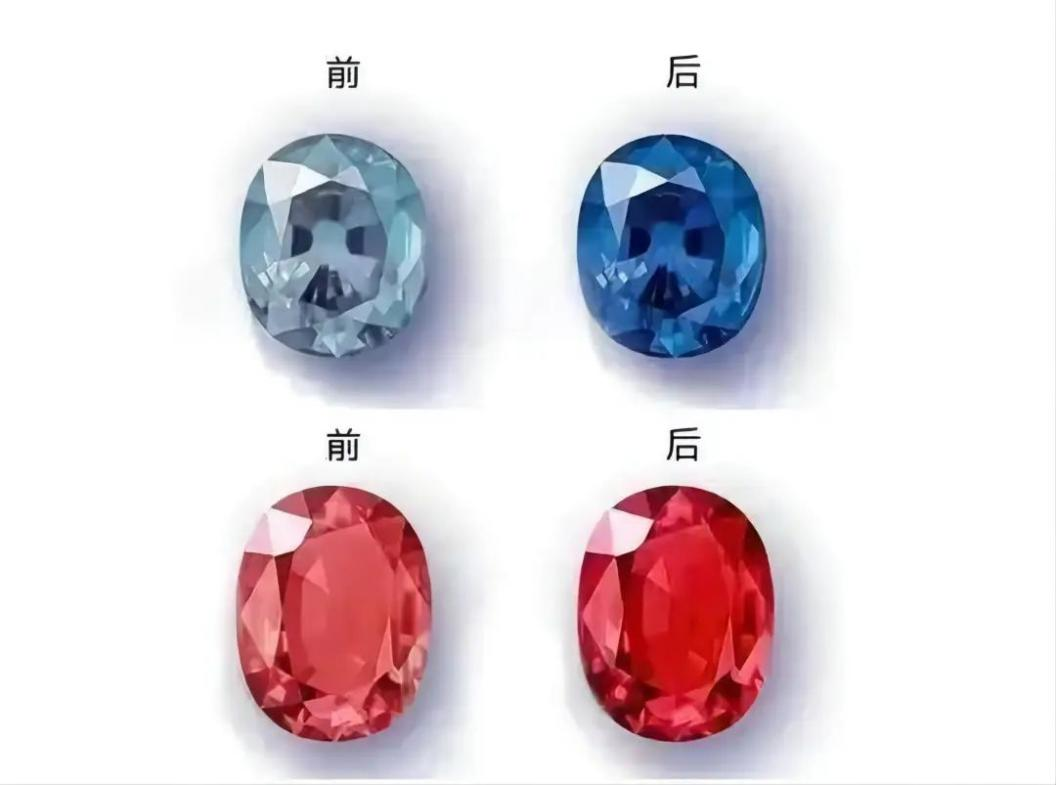
1. Corundum
To burn / not to burn is an idea that will surely come to mind when buying larger natural red and sapphire particles. Currently, 90% -95% of the red, blue and precious stones on the market have undergone different heat treatment methods.
As for the price, if it is a ruby with poor color clarity and medium appearance, the price after burning will be higher than before burning, but if it is two good quality rubies, the price without burning it will definitely be higher. high. higher than that done.
How to judge if the red and the sapphire were burned? In general, licensed gemstone rating agencies will mark "burn" or "no burn" upon issuance of the certificate.
2.Tanzanite
Tanzanite is more expensive in blue, and tanzanite with an uneven yellow tint can be converted to deep dark blue after heat treatment.
Purple, blue and green quality tanzanines generally do not require heat treatment. The color of the tanzanite will be more stable after heat treatment, but it will lose the tricolor and show two colors, which is also one of the bases for judging whether the tanzanite has been heat treated.
Most of the tanzanites on the market today undergo a heat treatment to remove the brown-greenish, yellow-greenish, gray-yellow and brown shades and to deepen and enhance the blue and purple shades.
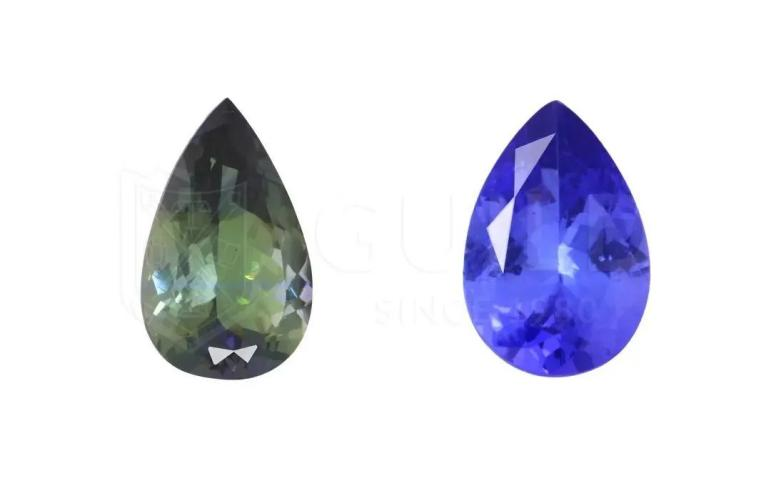
Tanzanite without heat treatment (left) Tanzanite with heat treatment (right)
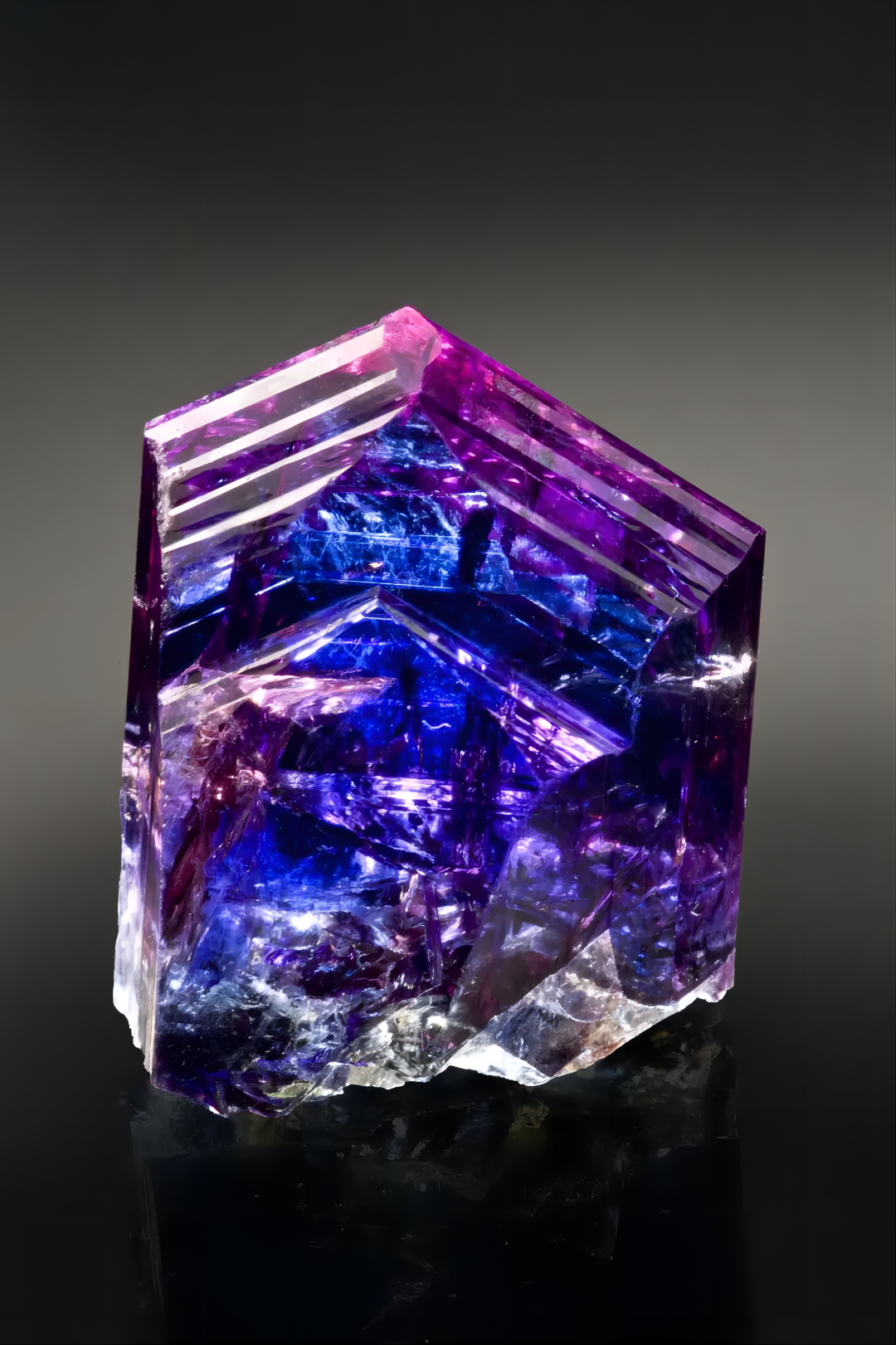
3.Topaz
Natural "blue topaz" is usually clear or blue-green and to achieve the popular dark blue hue, topaz must be heat treated. Most of the blue topazes on the market today are actually heat treated colorless topazes.
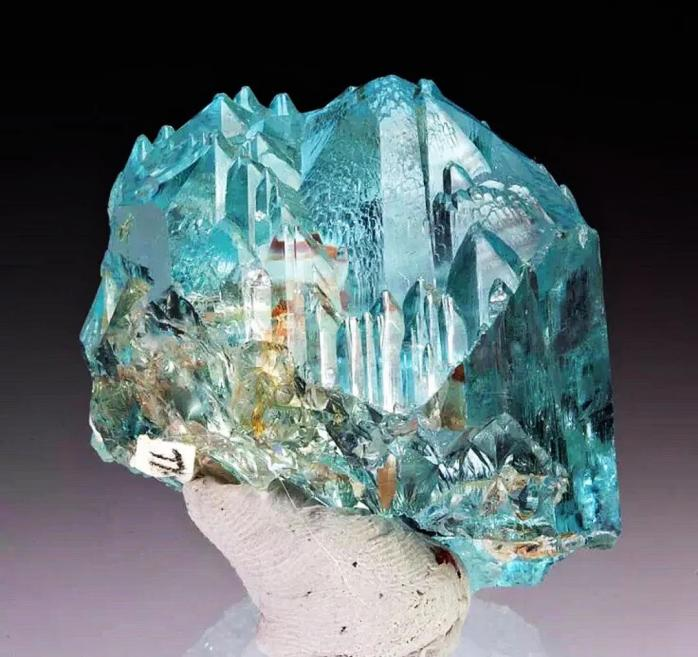
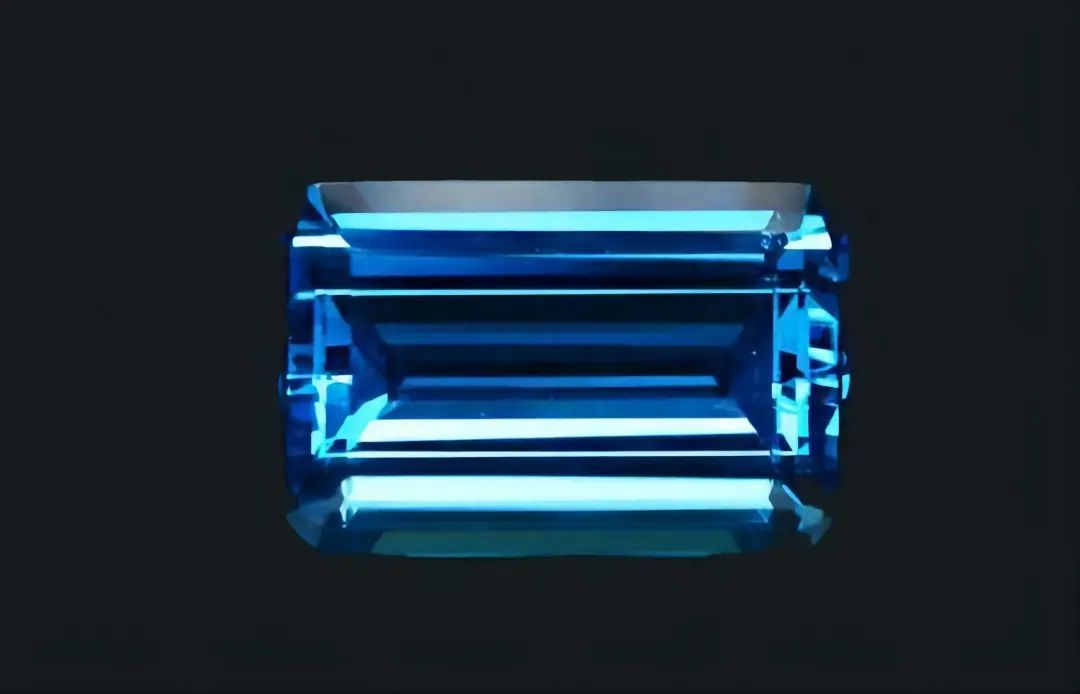
Yellow topaz, which turns pink and red when heated. But no yellow topaz can be heat treated to become red, only the yellow-orange topaz painted by the chrome element can become pink topaz after heat treatment.
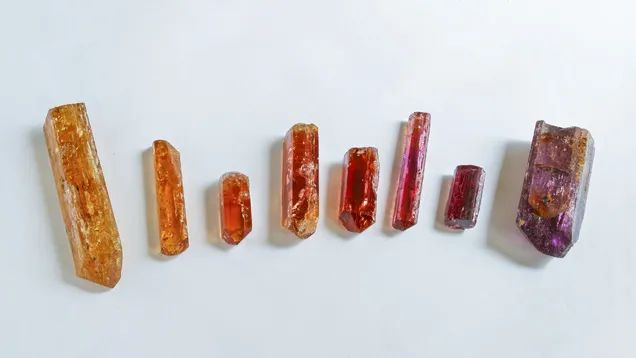
Yellow topaz rough
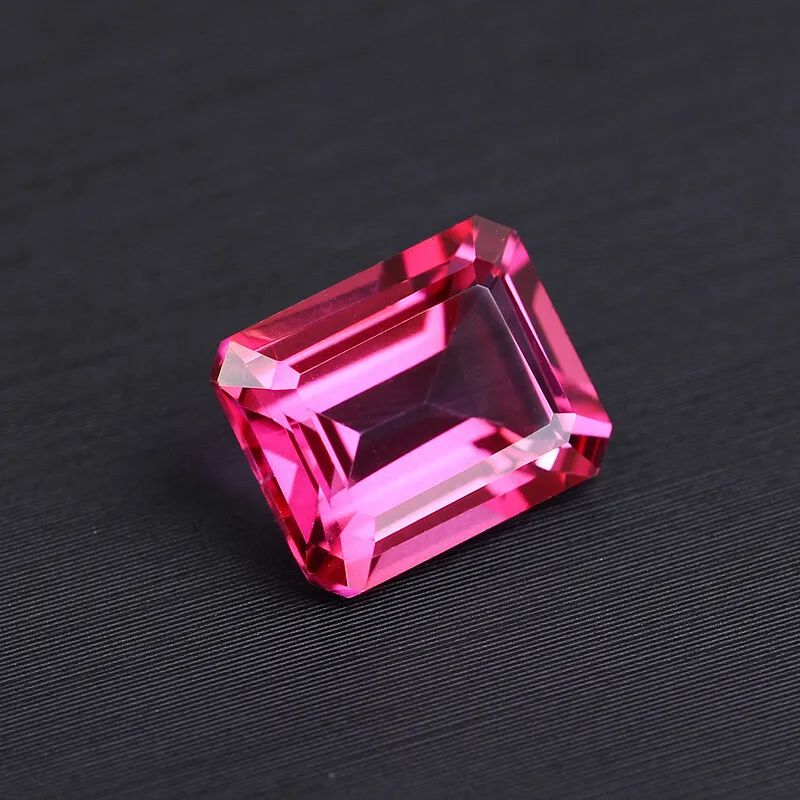
Heat-treated purple-pink topaz
Post time: May-06-2022
